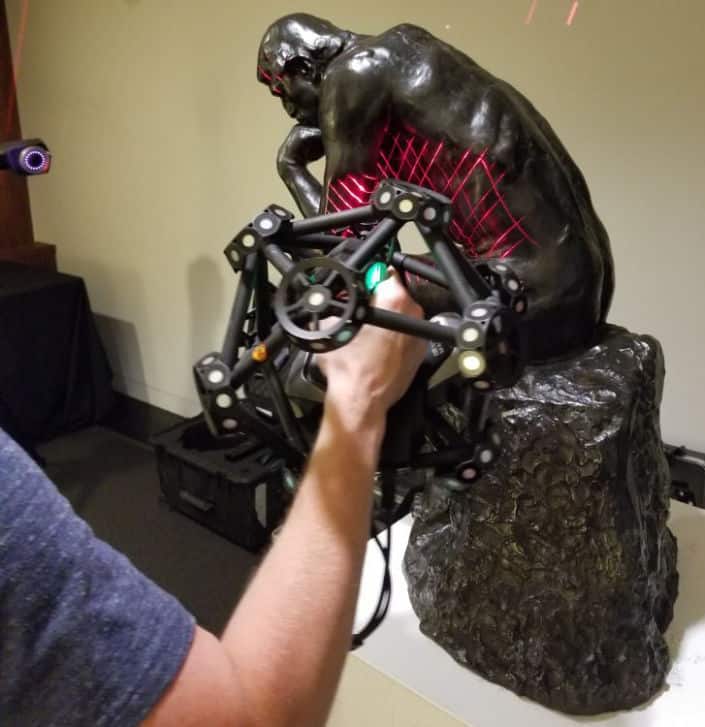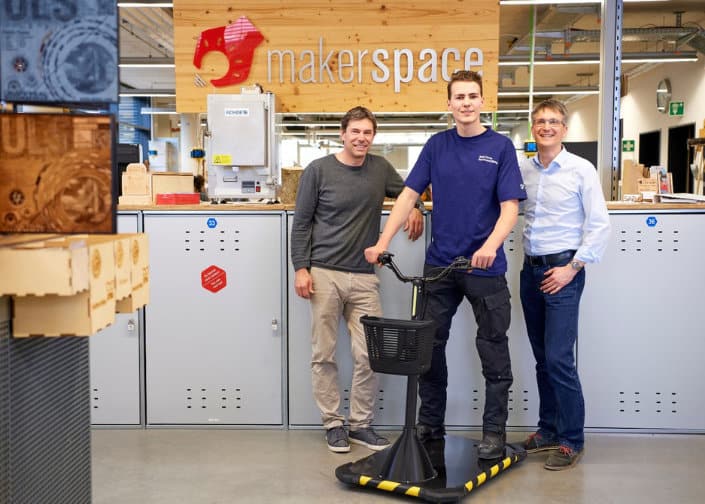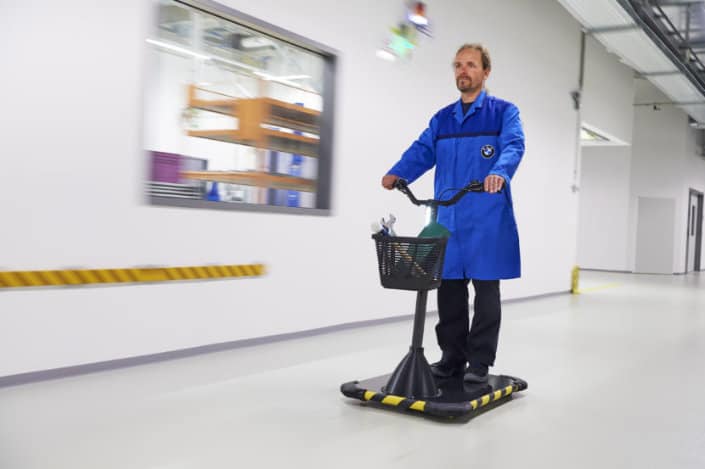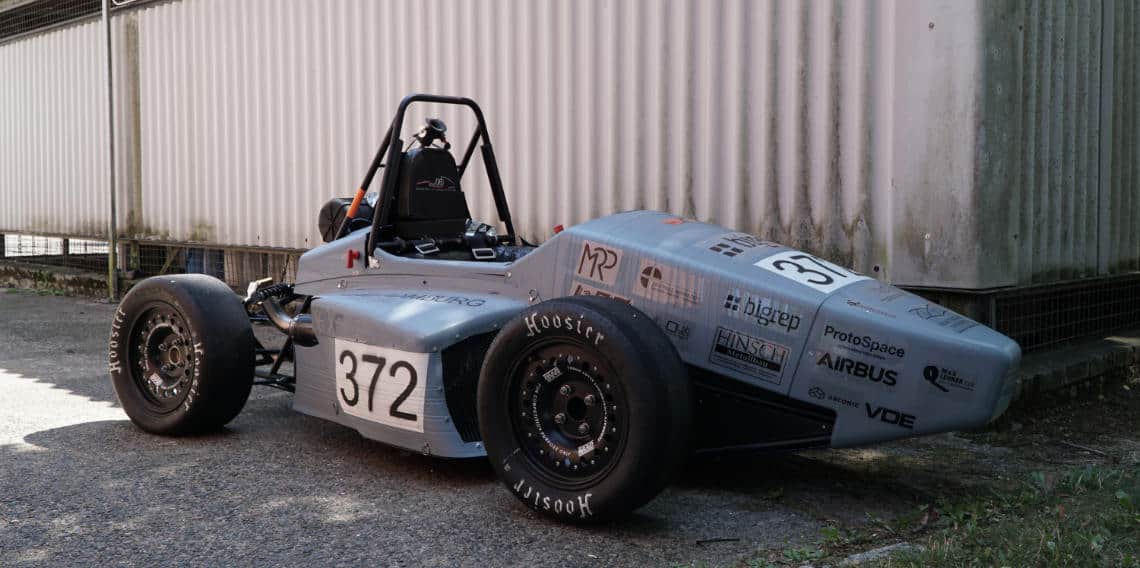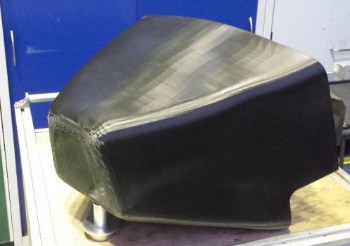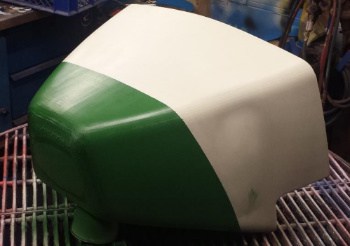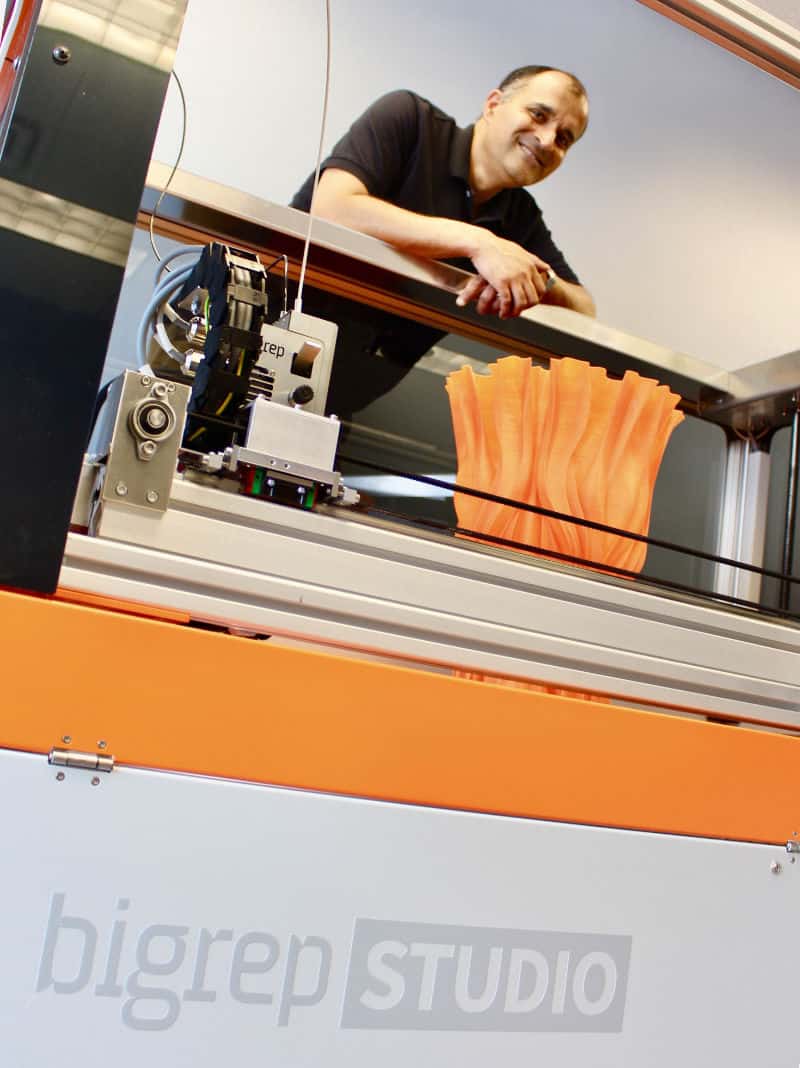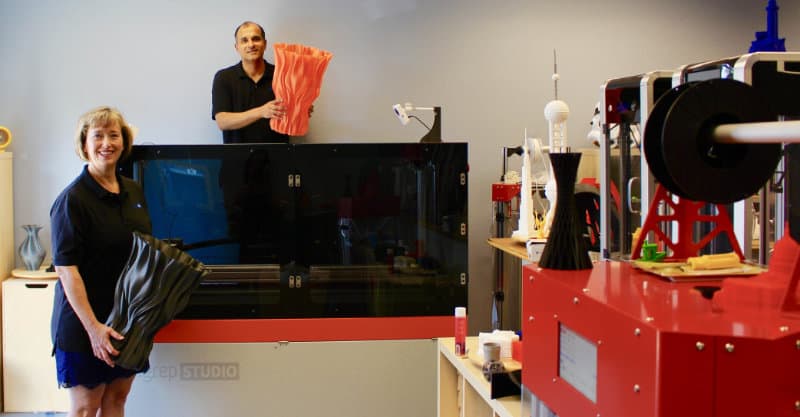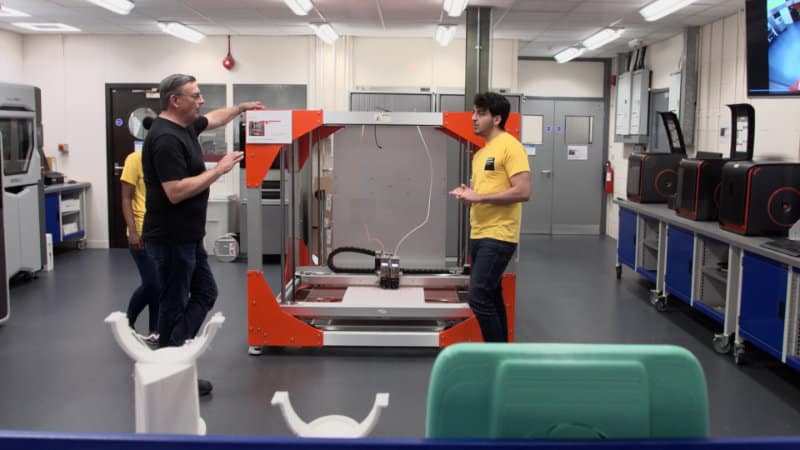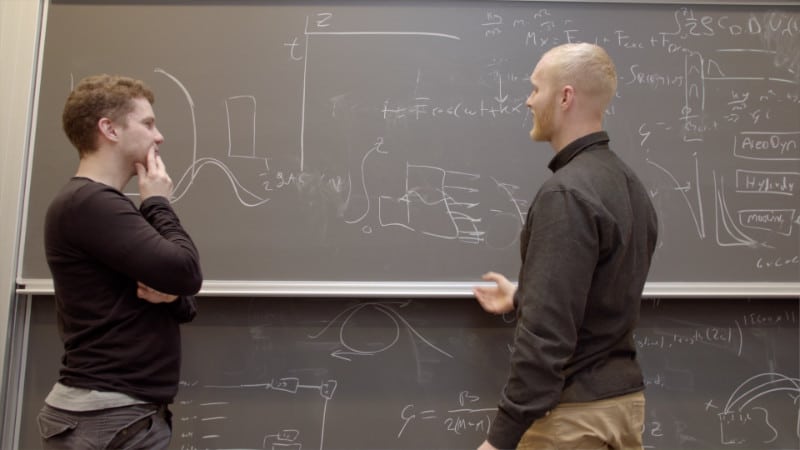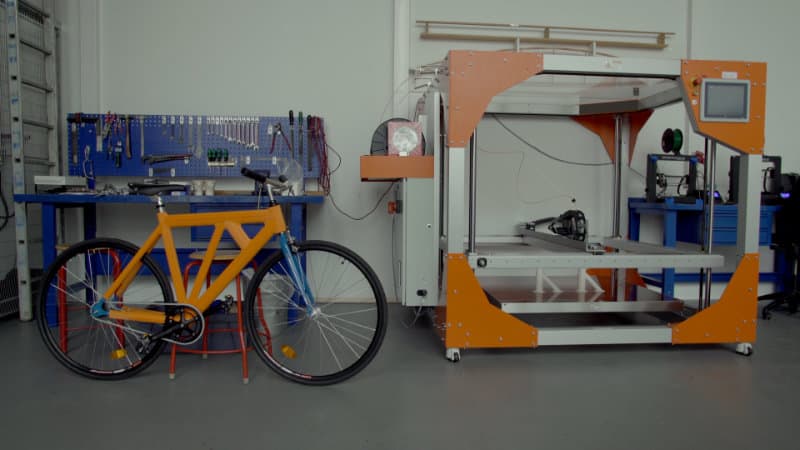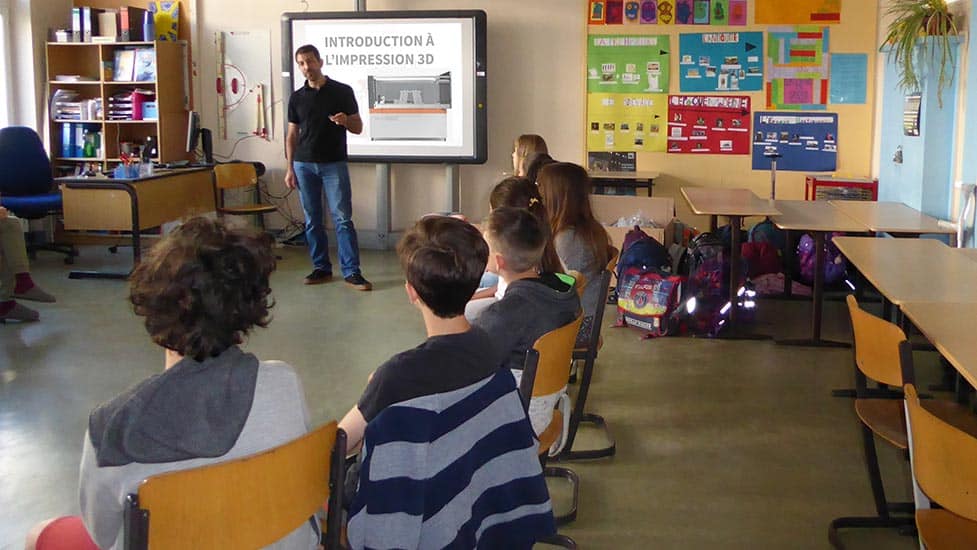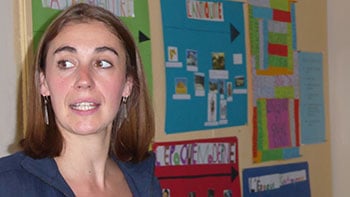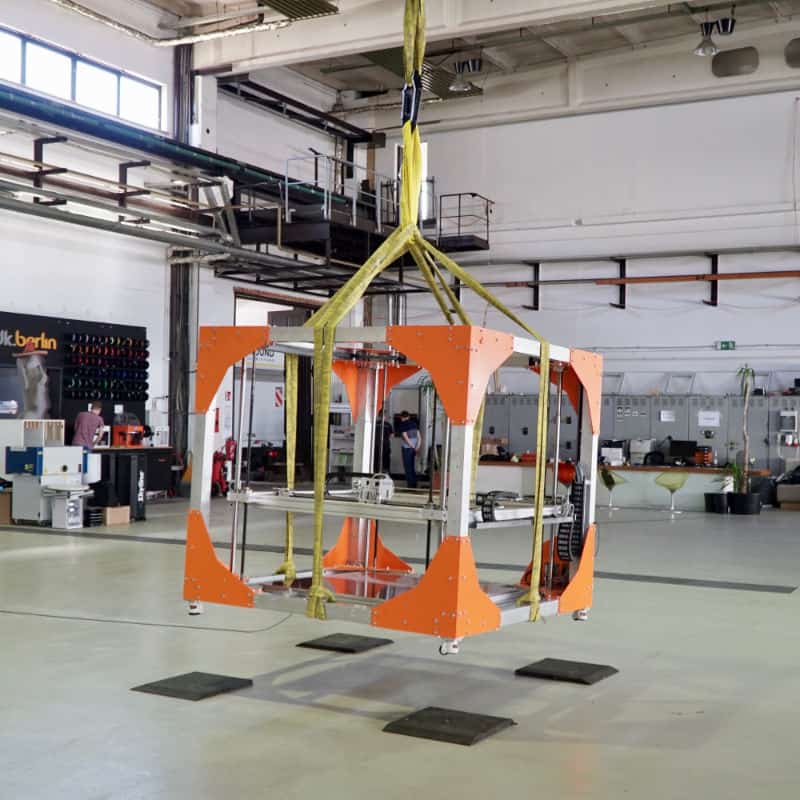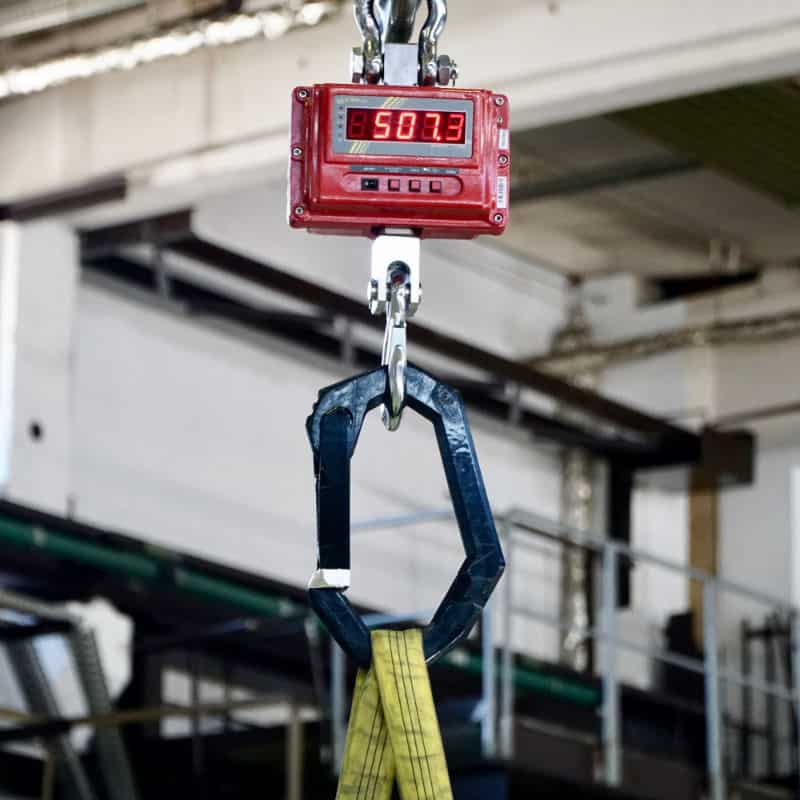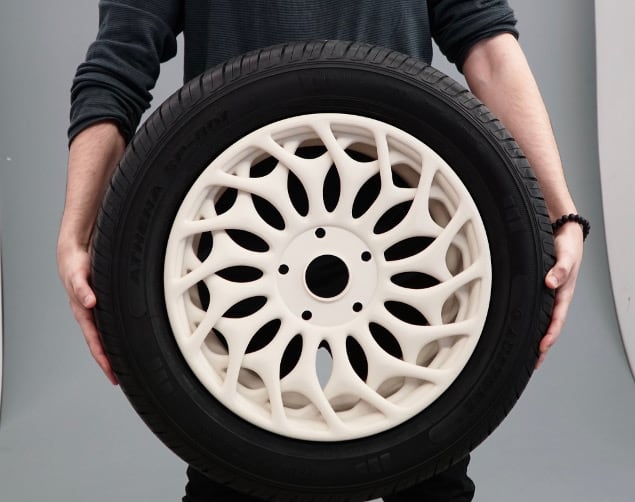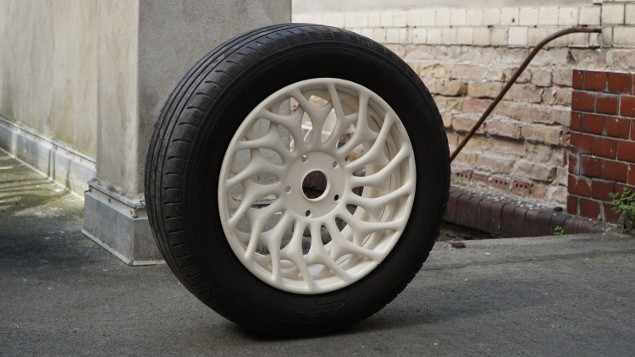In 1969, Neil Armstrong became the first man to land on the moon, saying “that's one small step for man, one giant leap for mankind.” It was a historic moment, that would forever change our perspective on what is possible with new technology.
The First Man, directed by Damien Chazelle, is showing in movie theaters around the world and we can proudly say that Bigrep took a small part in its production. It’s unlikely that Bigrep will be the next Ryan Gosling or Claire Foy, but who knows, given how quickly artificial intelligence is developing.
“With new slicing software you can take a big scale model, chop it up and print it overnight on 18 3D printers. We literally ran those printers 24 hours a day for six months. This German company called BigRep developed a metre-by-metre print bed and they loaned us two of their machines so we could print an Apollo 11 capsule in one go,” said Nathan Crowley, the Production Designer for the film to the animationmagazine.net.
For Crowley, the four-time Academy Award nominee, it was important to have the real parts during the production process, to get a proper impression of their form on the set. Recording these key scenes using miniatures made it look more realistic, for the whole audience. Crowley believes in combining additive technology with old techniques. The results can be seen on big screens around the world. So what was actually printed? Well, the answer is not so obvious.
Remember the Saturn V rocket from the trailer? We are the only company capable of producing objects this size. The model was 3D printed on two Bigrep ONE printers! In addition to the rocket, the Apollo Command/Service Module and Lunar Excursion Module were also 3D printed. Amazingly, it is impossible to see the difference between the 3D printed objects and the ones created with traditional computer graphic techniques. Crowley and his team know how to blend both techniques, so the viewer cannot spot the difference. (To be honest, if the movie crew didn’t tell us, we would also be in the dark.)
From automobile parts for BMW to Hollywood movie sets, what’s next for additive manufacturing? Without a crystal ball, we can’t say for sure, but what we do know is that’s one small step for the movie industry, one giant leap for Bigrep!


